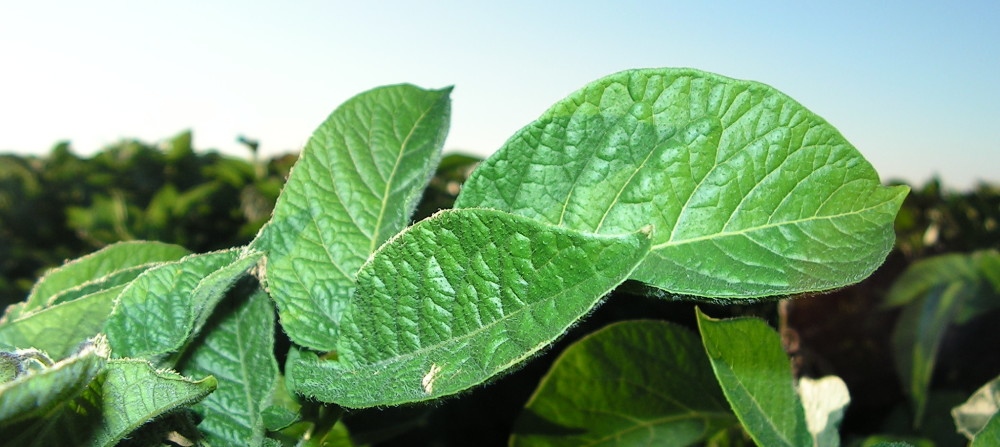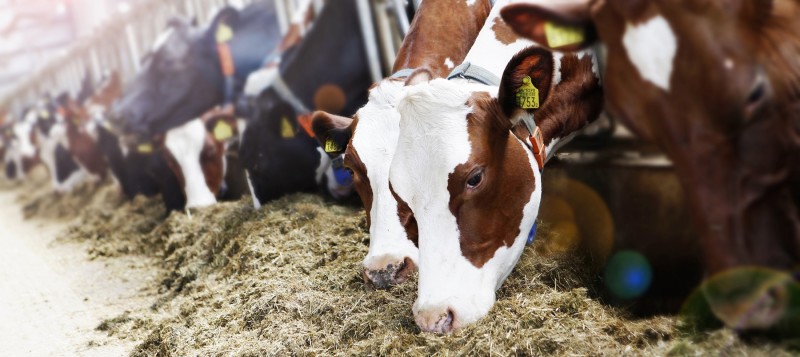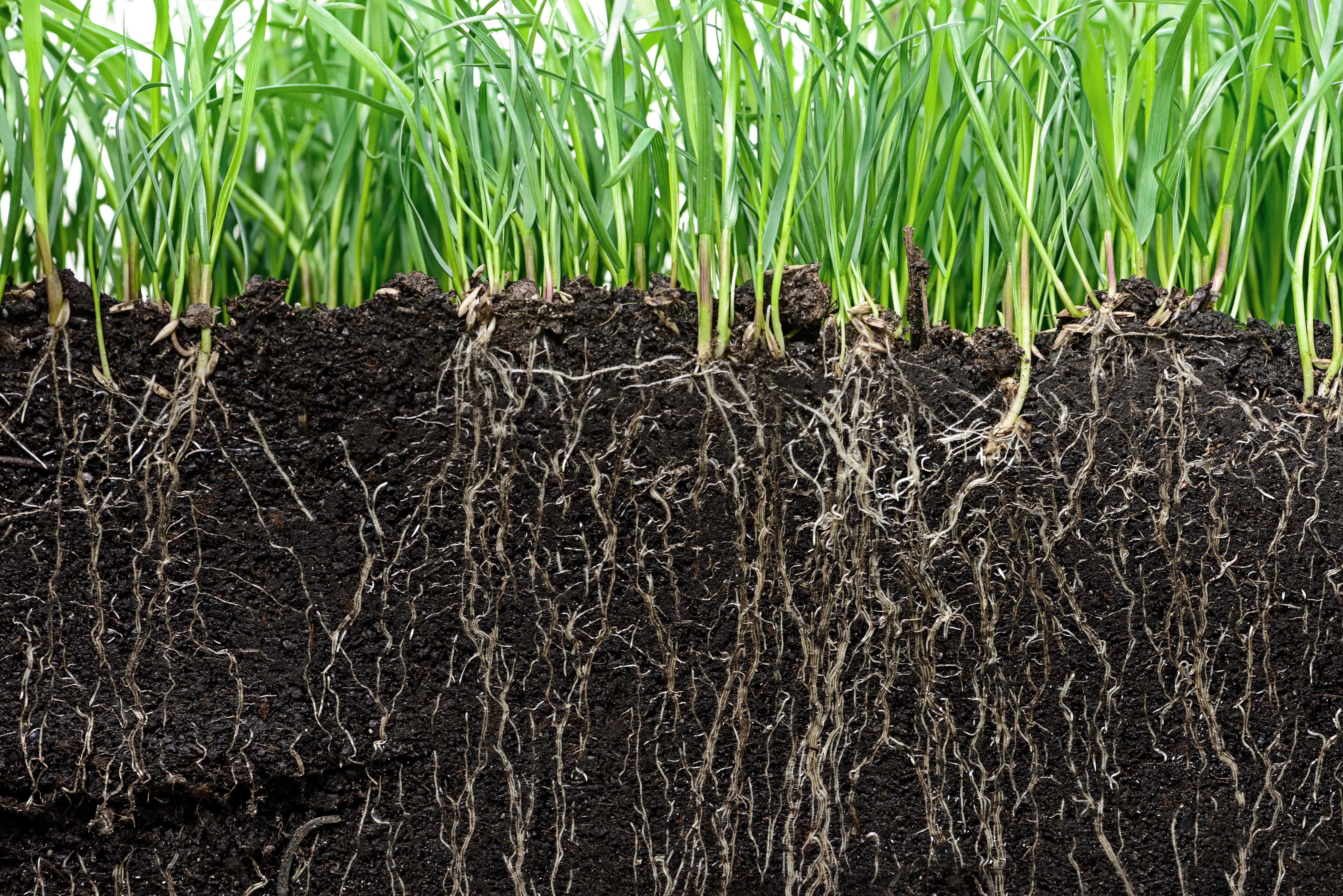Phosphorus (P) versus Phosphate (P₂O₅)
Introduction
The terms phosphorus (P) and phosphate (P₂O₅) are often used interchangeably in soil science and fertiliser science.
However, they refer to different chemical forms and contexts of use.
What is Phosphorus (P)?
P stands for the chemical element phosphorus from the periodic table.
It is essential for the functioning of animals and plants — forming part of cells, acting as a building material, and playing a role in DNA.
What is Phosphate (P₂O₅)?
The term P₂O₅ refers to the crystal form in which phosphorus occurs in the soil.
This notation was introduced around 1850 by Justus von Liebig, the founder of fertiliser theory and inventor of artificial fertilizer.
Even today, P₂O₅ remains a commonly used term in both soil science and fertiliser theory.
Phosphate uptake by Crops
Phosphorus is taken up by crops in the form of phosphate compounds such as H₂PO₄⁻ and HPO₄²⁻.
The term phosphate is therefore mostly used in the context of fertilisation and manure policy.
Conversion between P and P₂O₅
Conversions between these two units follow fixed factors:
| Conversion | Formula | Example |
| From P to P₂O₅ | multiply by 2.29 | 100 kg P → 229 kg P₂O₅ |
| From P₂O₅ to P | multiply by 0.436 | 100 kg P₂O₅ → 43.6 kg P |





